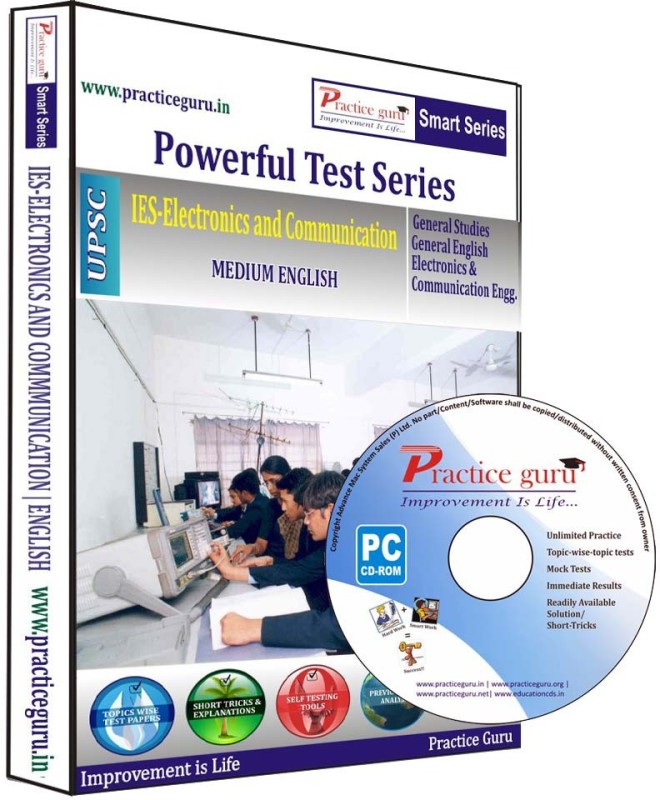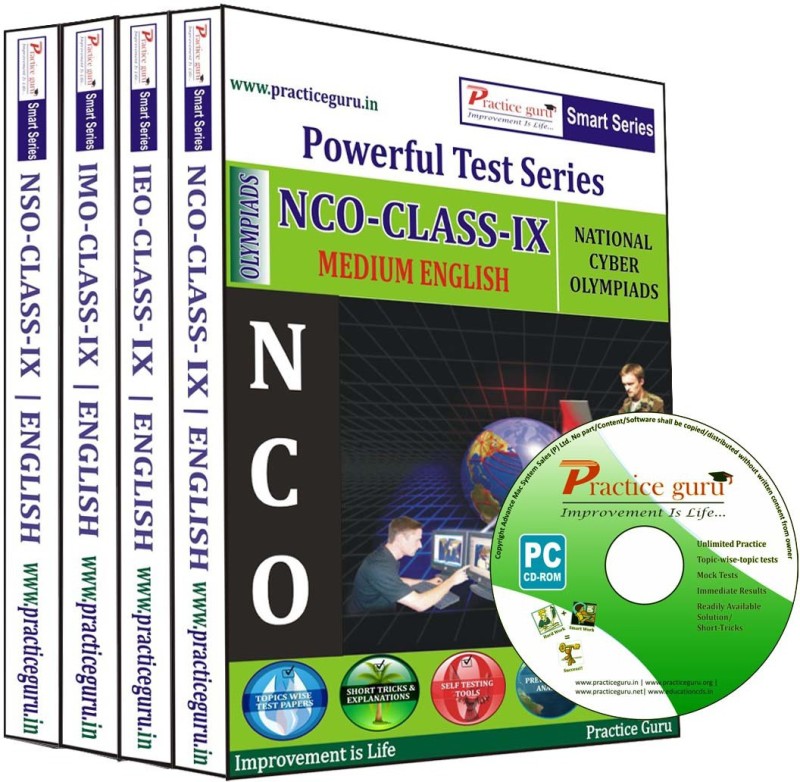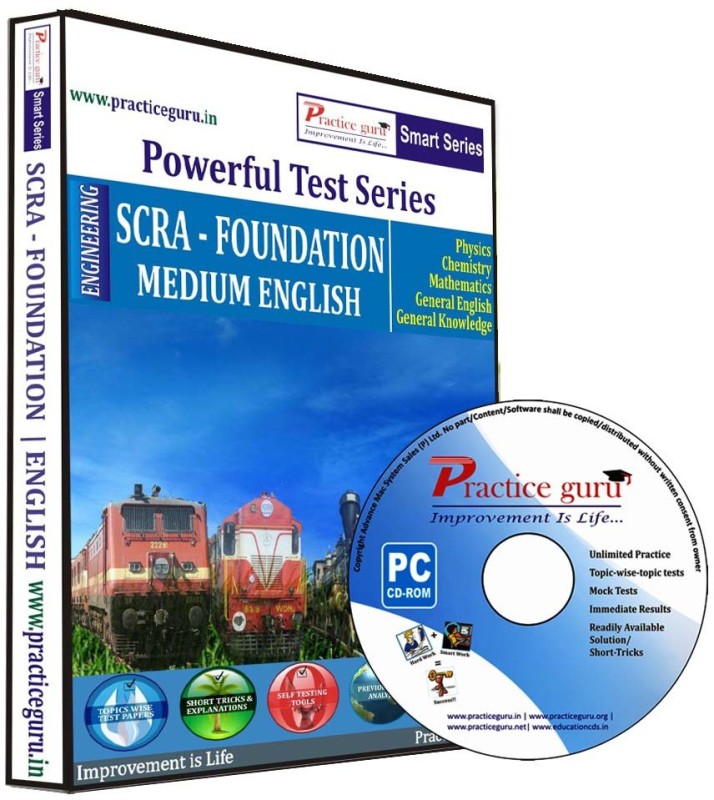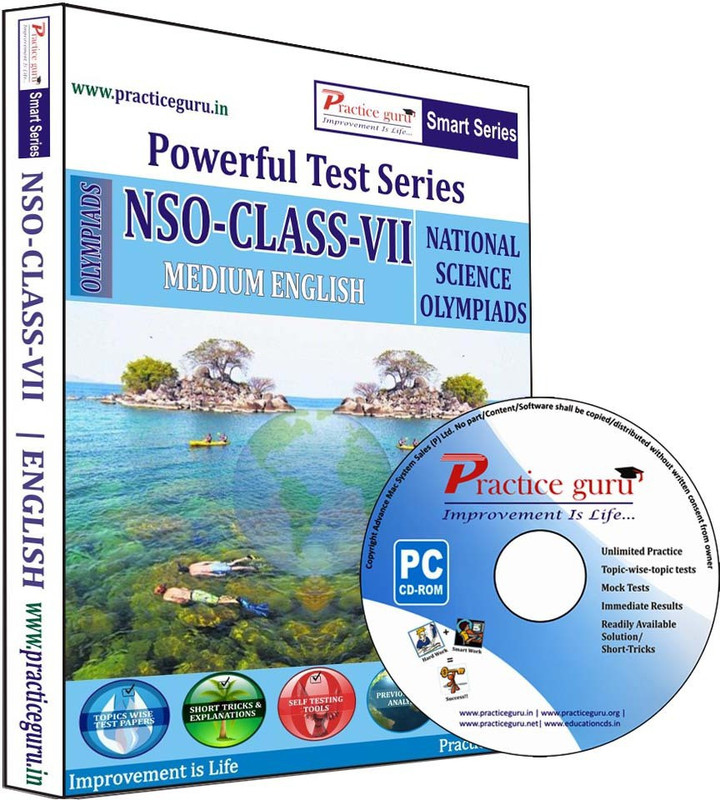Description
ReasoningVERBAL: Number Series, Alphabet Series, Test ofDirection Sense, CodingDecoding, Number Ranking, ArithmeticalReasoning, Problem on Age Calculation, Blood Relations, Analogy, DecisionMaking etc.NONVERBAL : NonVerbal Series, Mirror Images, Cubes and Dice, Grouping Identical Figures,Embedded Figures etcEnglish: Verb,Adverb, Subject Verb Agreement , Error Correction, Tenses, SentenceRearrangement, Fill in the Blanks with Modals, Articles, Comprehension,Answering questions based on Unseen Passages, Vocabulary, Synonyms,Antonyms General Awareness: Current Affairs (National and International), MajorFinancial/Economic News, Budget and Five Year Plans, Who is Who, Sports, Booksand Authors, Awards and Honors, Science Inventions and Discoveries, Abbreviations, Important Days, Internationaland National Organisations Electronics and Communication Engineering Networks:Network graphs, matrices associated with graphs; incidence, fundamental cut set and fundamental circuit matrices. Solution methods: nodal and mesh analysis. Network theorems: superposition, The venin and Norton’s maximum power transfer, Wyes-Delta transformation. Steady state sinusoidal analysis using phases. Linear constant coefficient differential equations; time domain analysis of simple RLC circuitsSolution of network equations using Laplace transform: frequency domain analysis of RLC circuits. 2-port network parameters: driving point and transfer functions. State equations for networks.Electronic Devices:Energy bands in silicon, intrinsic and extrinsic silicon. Carrier transport in silicon: diffusion current drift current, mobility, resistivity, Generation and recombination of carriers. p-n junction diodeZener diode, tunnel diode, BJT, JFET, MOS capacitor, MOSFET, LED, p-I-n and avalanche photo diodeBasics of LASERs. Device technology: integrated circuits fabrication process, oxidation, diffusion, photolithography, n-tub, p-tub and twin-tub CMOS process.Analog Circuits:Small Signal Equivalent circuits of diodes, BJTs, MOSFETs and analog CMOS, Simple diode circuitsClipping, clamping, rectifier, Biasing and bias stability of transistor and FET amplifiers, Amplifiers: single-and multi-stage, differential and operational, feedback, and power, Frequency response of amplifiersSimple op-amp circuits, Filters, Sinusoidal oscillators; criterion for oscillation; single-transistor andop-amp configurations, Function generators and wave-shaping circuits.Digital circuits:Boolean algebra, minimization of Boolean functions; logic gates; digital IC families (DTL, TTL, ECL, MOS, CMOS). Combinatorial circuits: arithmetic circuits, code converters, multiplexers, decoders, PROMs and PLAs. Sequential circuits: latches and flip-flops, counters and shift-registers. Sample and hold circuits, ADCsDACs. Semiconductor memories. Microprocessor (8085): architecture, programming, memory and I/O interfacing.Signals and Systems:Definitions and properties of Laplace transform, continuous-time and discrete-time Fourier seriesContinuous-time and discrete-time Fourier Transform, DFT and FFT, z-transform, Sampling theorem. Linear Time-Invariant (LTI) Systems: definitions and properties; causality, stability, impulse response, convolutionpoles and zeros, parallel and cascade structure, frequency response, group delay, phase delay. Signal transmission through LTI systems.Control Systems:Basic control system components; block diagrammatic description, reduction of block diagrams. Open loop and closed loop(feedback) systems and stability analysis of these systems. Signal flow graphs and their use in determining transfer functions of systems; transient and steady state analysis of LTI control systems and frequency response. Tools and techniques for LTI control system analysis: root loci Rough-Hurwitz criterion, Bode and Nyquist plots. Control system compensators: elements of lead and lag compensation, elements of Proportional-Integral-Derivative (PID) control. State variable representation and solution of state equation of LTI control systems.Communications:Random signals and noise: probability, random variables, probability density function, autocorrelationpower spectral density. Analog communication systems: amplitude and angle modulation and demodulation systems, spectral analysis of these operations, super heterodyne receivers; elements of hardware, realizations of analog communication systems; signal-to-noise ratio (SNR) calculations for amplitude modulation (AM) and frequency modulation (FM) for low noise conditions. Fundamentals of information theory and channel capacity theorem. Digital communication systems: pulse code modulation (PCM), differential pulse code modulation (DPCM), digital modulation schemes: amplitude, phase and frequency shift keying schemes (ASK, PSK, FSK)matched filter receivers, bandwidth consideration + MOCK TESTS for IES – ELECTRONICS AND COMMUNICATIONAdditional Features!1. Runs without Internet!2. Immediate scores and solutions!3. Compatible with Windows XP/7/84. Online support,5. Complete career planner chart with PDF files containing relevant details.6. Fun games for brain exercise7. Previous year papers in PDF format also, for print out facility!8. Random questions in a test every time you practice!






Reviews
There are no reviews yet.